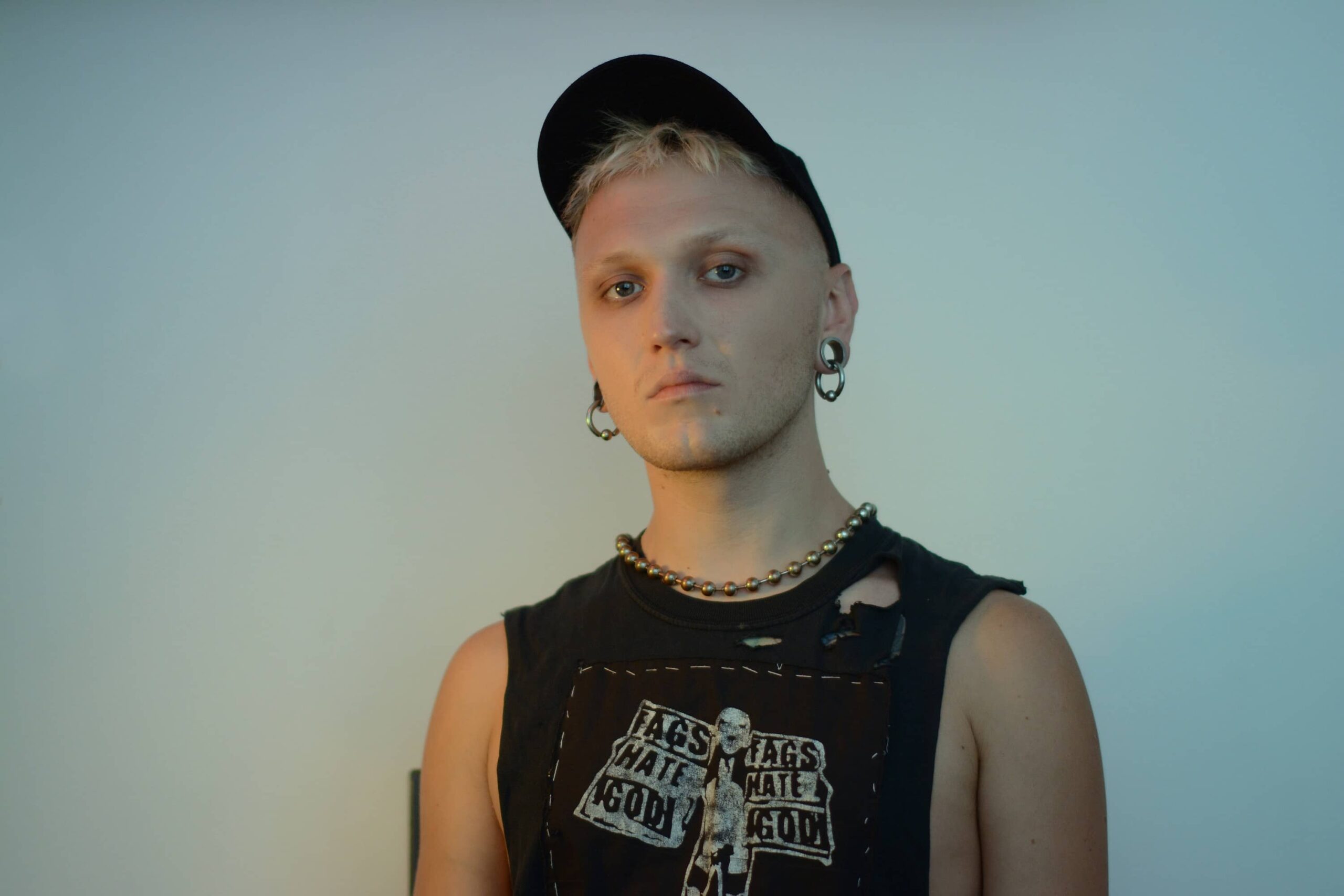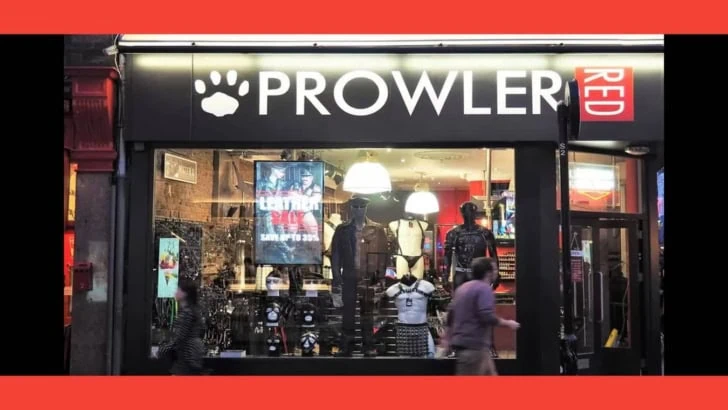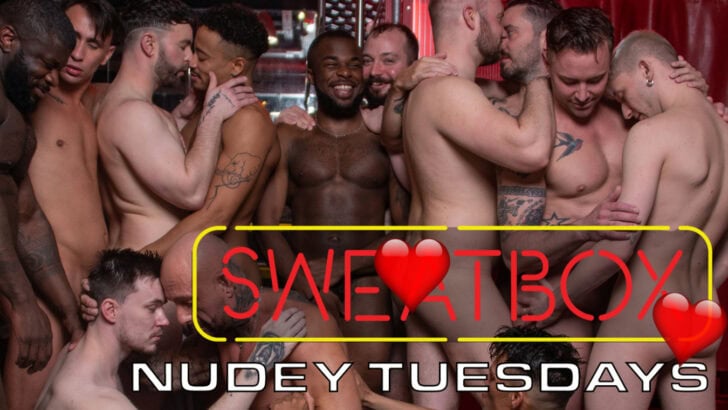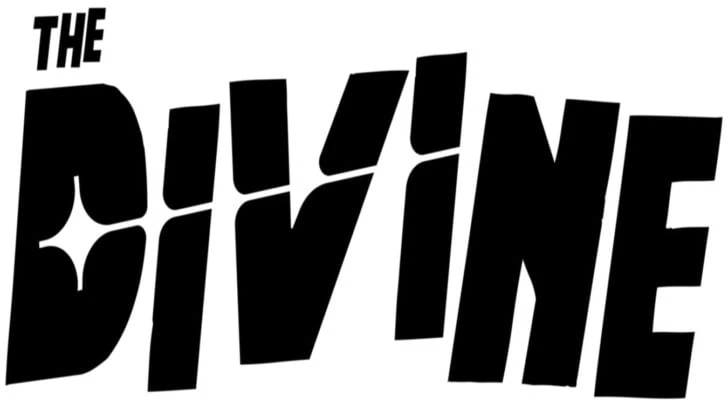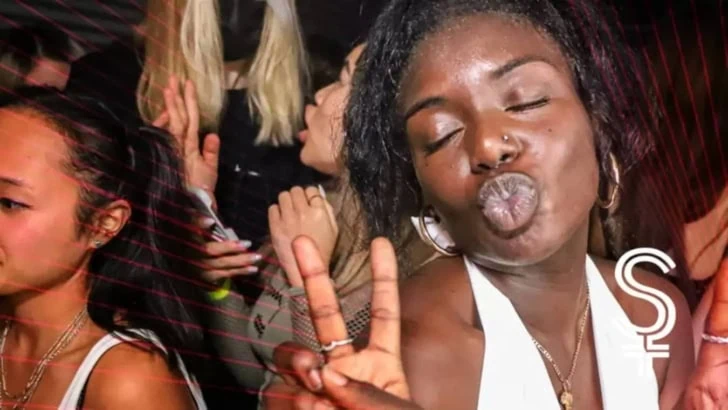Bristol based and originally from Poland, Marcin Gawin’s work encompasses image construction, installation, and live art. His fascination with the human body and its potential for transformation is evident in his practice and this forthcoming show. QX interviewed Marcin to find out more about his fascinating work and the exhibition.
Hello Marcin, please explain HERMAPHROGENESIS to QX readers.
Hermaphrogenesis is a multimedia exhibition that consists of two lightbox series and a Codex that frames the works together. The title is a combination of the words Hermaphroditus, an ancient Greek god of androgyny also associated with alchemical union, and Genesis which means creation. In the context of the exhibition, I am interested in using the human body as a metaphor for rearranging fixed systems. Here, I take internal organs, with the exception of the reproductive system, and rearrange them into different compositions that become new organisms. I draw inspiration from our internal landscape, the thematic throughline of the exhibition, centering the parts that we share together as a human species and speculating on becoming through their rearrangement.
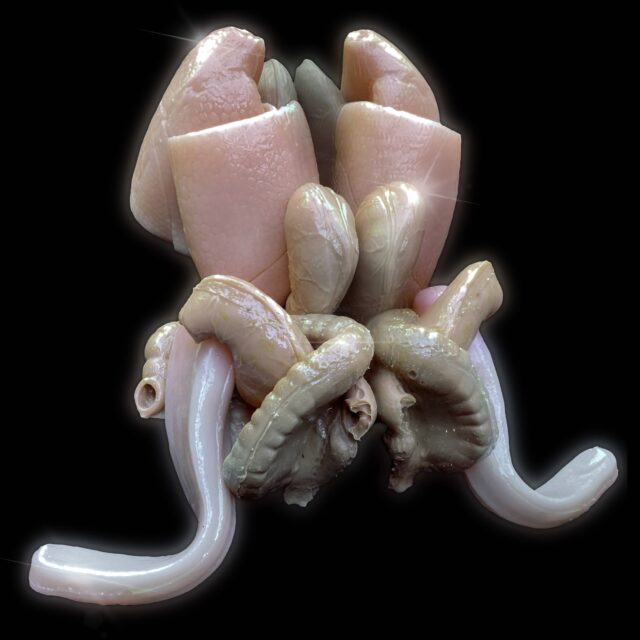
What can visitors to VSSL Studio expect to see?
The space will be transformed into an immersive and atmospheric environment. A series of 5 new lightboxes that feature digital collages with a central figure inspired by different aspects of a human brain stem in a style of stained glass windows will be exhibited. Alongside that, “Face to the Seventh” – an installation of four lightboxes that have already been presented in the VSSL: FACET group show, depicts compositions made out of the silicone replicas of human organs, reorganised in a style of traditional still-life arrangements, and a book which is essentially a gross anatomy atlas that’s been ornamented and transformed into a Codex framing the narrative of the show.
How did the concept and title for HERMAPHROGENESIS evolve?
The whole idea came together quite organically. I was working for a while with silicone casts of internal organs, which I initially used as part of a participatory installation where people were assembling a human organism from scratch. After that, the casts were lying in my studio next to a mirror, and I started manipulating and photographing them. Fascinated by those organic forms, I begin to make up my own meaning and interpretation of creating new organisms. The anatomical dummy that I used to cast the organs was a very simplified version of our anatomy, and it lacked any sexual organs. This made me wonder about the world of new organisms devoid of sex but recomposed from the parts that humans collectively share among each other. Also, one day, I was given this gross anatomy atlas where I discovered what our body really looks like on the inside and started noticing patterns and shapes in all those abstract and alien forms, in the same way our brains see a smiley face on a socket. I felt like all of this was feeding into one another, and being a big fan of fiction and mythology, I began to blackout parts of the texts I found in the atlas and reveal this arcane text about the creation of new anatomy. The title then came to me that this work is about creative process, hence genesis, and hermaphrodite here was used as a symbol of androgyny.


As this is your first exhibition, have the themes and the concept been in your consciousness for a long time?
I have been working with those themes for a while. The human body has been fascinating to me ever since my first biology classes. This opportunity is a round-up of all the different work that I have done with this subject in mind, but at the same time, it feels like the beginning of a bigger narrative that I would like to develop. I want to go further with the idea of speculating how the world and society would look like if the human species was not defined by its biology.
How receptive do you think the art world is to queer artists? Do you think things are changing?
I think this is very context-dependent. The situation in the UK will look quite different to one in Poland, for example. Also, the local art world feels different from the art fair world. I don’t know much about the latter but I feel that a lot of art production comes from queer people, and the art sector is certainly more receptive to queer people and ideas compared to finance or tech, but are we properly appreciated and remunerated for the value we bring to the culture, I don’t know. A lot of decision-making in important art institutions is still coming from a homogenous group of people, and while in the UK, queer art and culture feel more appreciated, there is still more to be done in terms of representation.
HERMAPHROGENESIS: Marcin Gawin from 12th January to 28th January 2024, at VSSL Studio, 50 Resolution Way, Deptford, London SE8 4AL. Exhibition Opening Hours: 12 – 5 pm, Thursday to Sunday.
Free Launch Event: 6 pm – 9 pm, Friday the 12th of January 2024 RSVP
FACET: 90 seconds with Marcin Gawin from VSSL Studio on Vimeo.
https://vssl-studio.org
VSSL Studio is a place of gathering and creation, and a not-for-profit creative studio in Deptford. Home to multiple artists and projects, the studio is a site for artistic production and engagement. VSSL Studio is dedicated to the holding and nurturing of time-based practices and their satellites. As a queer-led organisation they centre queer and trans* artists.
